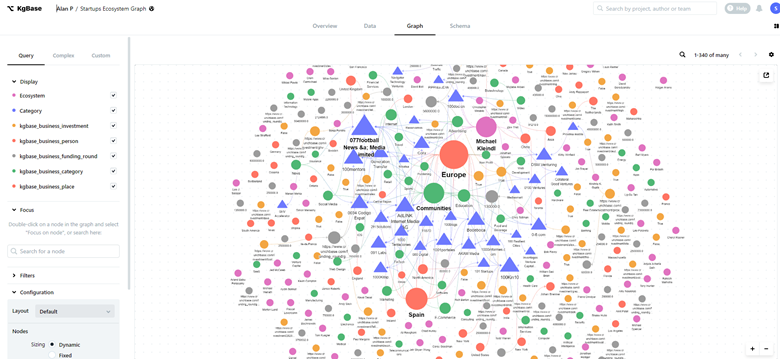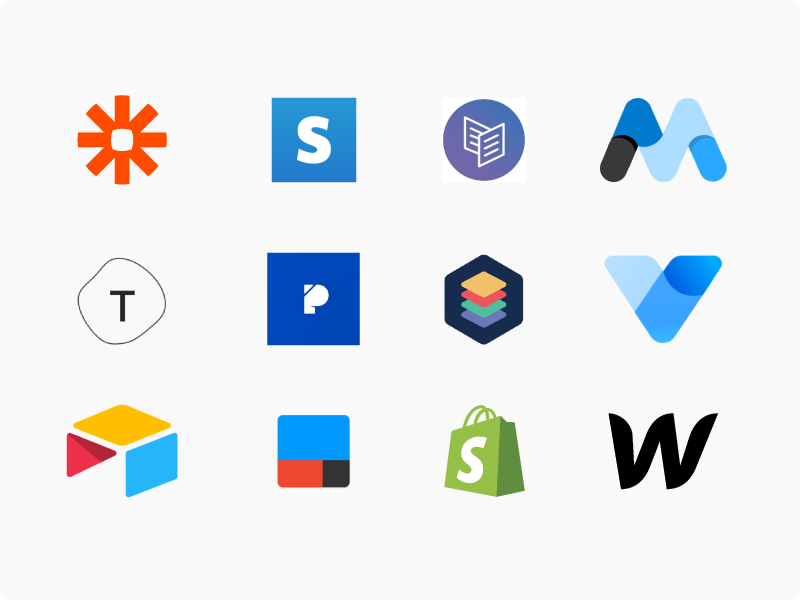Effortless Open System Data Source Development Using No-Code Technology
Discover How Scalable Databases Can Be Made Use Of Without Coding to Enhance Your Business Operations
In today's fast-paced service environment, the capability to handle and examine data successfully is critical. no-code. Scalable databases, particularly when matched with no-code services, use a transformative method that equips non-technical individuals to streamline operations.
Understanding Scalable Databases
Scalable databases are vital for modern organization procedures, enabling companies to successfully handle enhancing quantities of information without sacrificing performance. These databases are made to expand and adapt to the altering needs of a business, making certain that they can deal with bigger datasets and even more intricate questions as business needs advance.
Recognizing scalable databases entails recognizing their two key types: upright scaling and straight scaling. Upright scaling, or "scaling up," involves including even more power (CPU, RAM) to an existing server to improve efficiency. Alternatively, straight scaling, or "scaling out," requires including extra web servers to distribute the lots, which frequently leads to better flexibility and fault tolerance.
Another vital facet is the style of scalable data sources, which can be either relational or non-relational. Relational data sources, such as MySQL and PostgreSQL, are structured and make use of SQL for queries, while non-relational databases, like MongoDB and Cassandra, provide even more versatility with unstructured information.
Inevitably, understanding scalable data sources is vital for companies intending to utilize information as a calculated asset, allowing them to continue to be competitive in a significantly data-driven setting.

Advantages of No-Code Solutions
Opening the possibility of no-code options equips companies to streamline procedures and boost efficiency without the demand for comprehensive programs understanding. These platforms enable non-technical customers to develop, change, and handle databases easily, therefore equalizing access to technology throughout groups.
One of the primary advantages of no-code options is their speed of implementation. Organizations can quickly deploy applications and automate processes, substantially lowering the time spent on advancement cycles. This agility allows organizations to react immediately to market changes and customer requirements, promoting an one-upmanship.
In addition, no-code systems decrease dependence on IT departments for everyday jobs, allowing technical teams to concentrate on more intricate tasks that call for specialized abilities. This shift not only maximizes source allocation yet additionally promotes innovation within the company.
Cost-effectiveness is another advantage, as no-code services can reduce growth and upkeep costs. By reducing the requirement for coding proficiency, business can harness the capabilities of their existing labor force without the expenses of employing added employees.
Popular No-Code Database Tools
The increase of no-code services has brought about the introduction of various database tools that satisfy businesses seeking performance and availability. These devices encourage individuals with minimal technological knowledge to create, manage, and adjust data sources perfectly.

Caspio stands apart for its ability to develop web applications with no coding. It enables businesses to create robust data sources and release applications promptly, satisfying numerous sector demands. Knack supplies straightforward interfaces and powerful information administration capacities, enabling organizations to build custom his explanation applications tailored to their operations.

Usage Cases in Organization Operations
How can companies leverage data source devices to boost their procedures? Scalable data sources offer companies with powerful capabilities to take care of and assess data without the demand for considerable coding knowledge. These devices can simplify various business processes, inevitably resulting in boosted efficiency and performance.
One popular use case is customer relationship monitoring (CRM) Companies can use scalable data sources to track consumer communications, choices, and responses, allowing tailored communication and far better service. By centralizing this info, groups can team up better and react to customer requirements in real-time.
One more considerable application is stock monitoring. Firms can utilize no-code data source tools to keep an eye on supply degrees, track shipments, and forecast demand. This guarantees ideal stock levels, minimizes waste, and decreases stockouts.
In addition, job administration can benefit from scalable data sources by permitting teams to handle tasks, target dates, and resources in a linked system. With real-time updates and data visualization, job supervisors can make informed decisions.
Getting Began With Implementation
Carrying out scalable data sources in business operations requires a structured approach to make certain effective assimilation and use. The look at this site very first step is to Your Domain Name perform a comprehensive requirements analysis, recognizing certain organization requirements, data types, and expected development patterns. This foundational understanding will certainly guide the choice of the proper data source solution.
Next, choose a straightforward, no-code data source system that straightens with your operational objectives. no-code. Numerous modern remedies offer user-friendly user interfaces, permitting non-technical individuals to take care of data properly. After selecting a system, develop a clear information architecture that outlines exactly how information will certainly be arranged, accessed, and kept
Training is critical; ensure that staff member are equipped with the needed abilities to make use of the database. Take into consideration supplying workshops or tutorials to acquaint personnel with the system's performances.
Conclusion
In conclusion, the integration of scalable databases with no-code solutions offers significant advantages for business operations. Ultimately, leveraging these modern technologies can lead to boosted performance and functional performance, positioning companies for continual growth in a competitive landscape.
One popular no-code data source tool is Airtable, which incorporates the capability of a spreadsheet with the power of a data source.Just how can businesses utilize database devices to boost their procedures? Businesses can use scalable data sources to track consumer communications, preferences, and comments, making it possible for personalized communication and much better service.Implementing scalable databases in service operations requires a structured strategy to ensure successful assimilation and usage.In conclusion, the combination of scalable databases through no-code solutions presents considerable advantages for business operations.